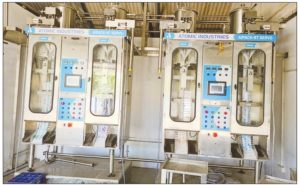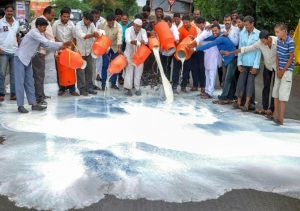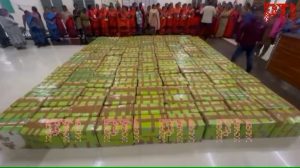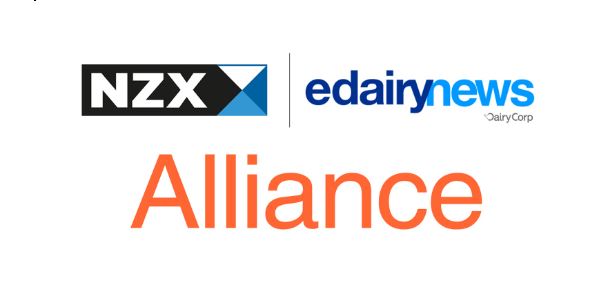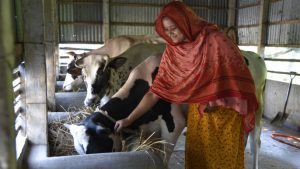That’s about 5 per cent of the total emissions created by agriculture each year. The emissions saving is on par with the greenhouse cuts farmers might achieve from the long-awaited methane vaccine, said research co-author Stewart Ledgard of AgResearch.
The study, published in the journal Agricultural Systems, is the first to calculate the effect the practice – which already produces two in five beef calves – could have on the country’s emissions if all beef farmers embrace it.
Dairy cows give birth to calves each year, which ensures the cows keep producing milk. A “significant number” of dairy calves are slaughtered when they’re about four days old, Ledgard said. At the same time, many beef farms keep a herd of breeding cows that also give birth once a year to calves that will be raised for meat.
By combining these systems, dairy calves could be sent to beef farms and raised for meat. Beef farms would no longer need to maintain the herd of breeding cows, which saves emissions.
Beef + Lamb said about 40 per cent of the beef herd already comes from dairy cows. The study found if this was increased to 100 per cent, the country would save up the equivalent of 1.95 million tonnes of carbon dioxide, based on current numbers, Ledgard said.
“The magnitude of it relates to the fact that both the dairy and the beef sectors are major contributors to the New Zealand economy and exports and consequently, are a major contributor to our national emissions.”
Although the number of breeding cows could be minimised, Ledgard thought it was unlikely these herds would be phased out entirely. “At the very least you need a few beef bulls.”
Harder hill country farms may also want to keep breeding cow herds, which help to boost the quality of the grass, he added.
With the public increasingly concerned about greenhouse emissions and the dairy industry’s conception and slaughter of calves, Ledgard said the concept could become standard practice. A price for on-farm emissions is also looming.
“For farmers to take this up, they’d have to see the economic benefits. It is a change in their current system and change – for any of us – is not always easy,” he said.
Dairy NZ chief executive Tim Mackle said the study presented a really exciting opportunity.
Some dairy farmers are already using their cows to produce their own meat, he said. “It’s a great start but we could go a lot further and have a huge impact on greenhouse gas output but also on water quality too arguably.”
The dairy and beef sectors would need to work together to make the concept common practice, Mackle said.
“It’s not like flicking a switch,” he said. “Some will ask: what about the meat quality? There are some practical, technical issues to be resolved but I think a lot of it is a mindset thing.”
Although he questioned some of the study’s assumptions, Beef + Lamb farming excellence general manager Dan Brier said the research validates the farmers who are already following the practice.
With support from the industry, researchers are studying genetics to produce more calves that are suitable for dairy beef, he said.
“We’re continually looking at further opportunities for integration [between the beef and dairy sectors],” he said. “The research shows that this is an efficient form of production from a carbon footprint perspective. It also shows how the agricultural sector can respond to consumer concerns.”
The group “is actively looking for further opportunities to reduce greenhouse gas emissions”, Brier said.
Pāmu Farms operates both dairy and meat farms. By integrating these operations, the number of dairy calves reared to adulthood has gone up – as have profits, the company said in a statement.
“Pāmu is supporting the ongoing building of supply chains that will see more bobby calves being reared on our farms,” the company said.


